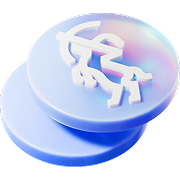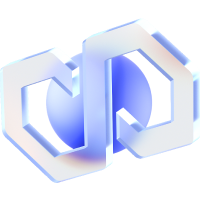The Modularity Revolution, DNA, and Blockchain’s Future

August 31, 2023
6 min read
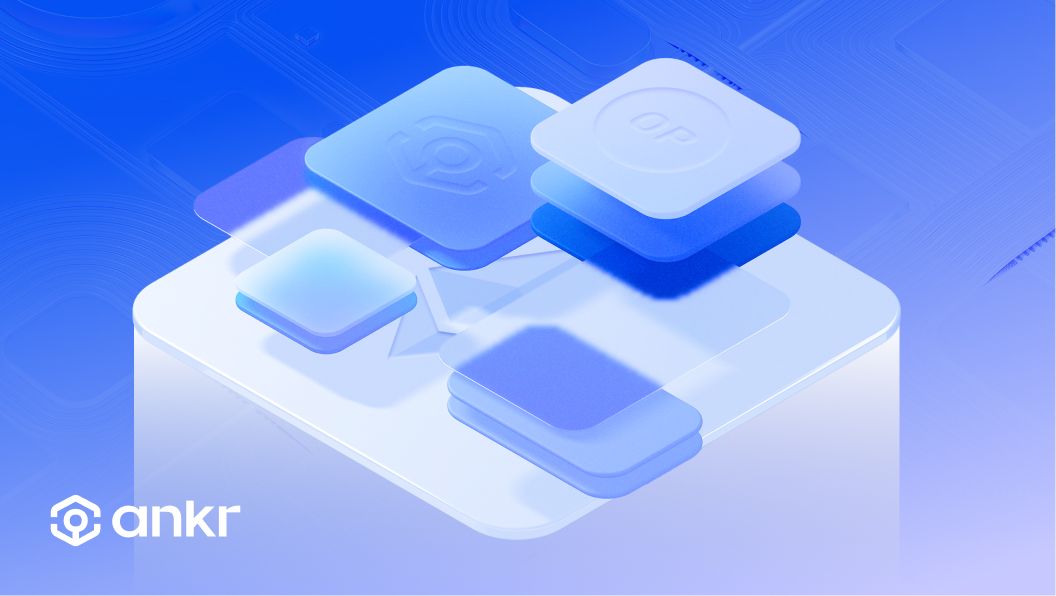
The longer you study technology, the more patterns you begin to see – many inspired by the natural world. You want to build a machine that flies? Look at a bird. You want to build a machine that learns? Take inspiration from the neural networks of the human brain. How about an immutable, append-only, distributed data storage mechanism capable of housing a vast amount of information replicated across as many independent cells as possible? Check out DNA!
As the web3 industry begins to see a revolution of modular solutions, an end to the scalability battle may finally be in sight. This article looks at what lessons we can take from DNA and how we can apply them to blockchain technology to push it over the edge to mass adoption.
The similarities between blockchain and DNA
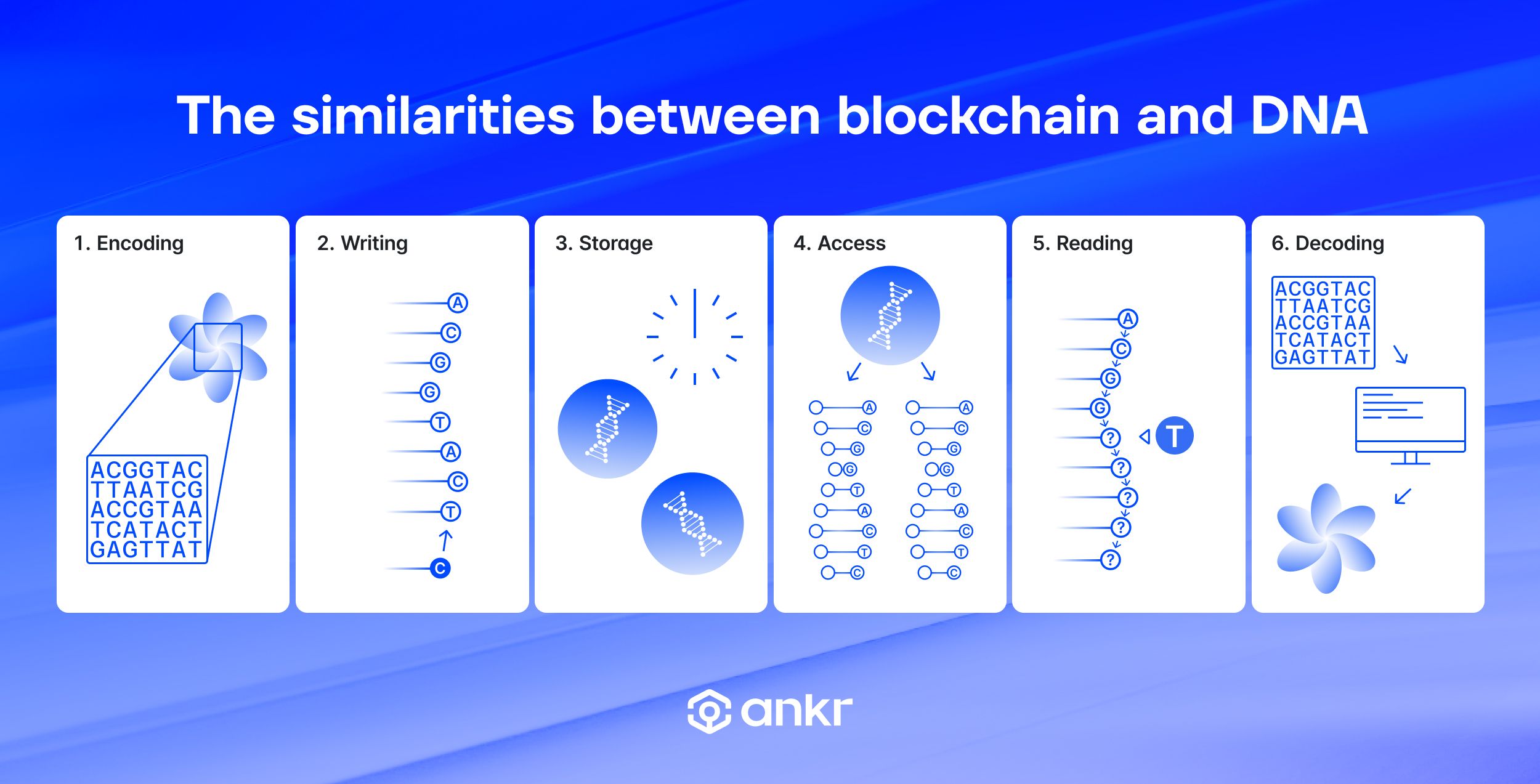
Source: Emerging Approaches to DNA Data Storage
Like many new technologies, there’s been some head-scratching about where blockchain best fits as an essential part of everyday life. Most are familiar with using blockchain to keep a ledger for P2P transactions and proof of ownership (even for DNA or biometrics). But where blockchain really shines is similar to the purpose of DNA: providing instructions based on trusted information. Of course, the comparison isn’t perfect, and DNA is an incredibly complex subject. But here are a few areas of overlap:
Storing critical information: DNA’s efficient memory transcends individual consciousness and lifetimes to faithfully deliver a product of everything that’s come before it in a newly evolved “state” of that bloodline. Likewise, blockchain stores a complete record of all transactions and pertinent data to inform the current state of the chain, which can then inform the applications connected to it.
Transmitting data & instructions: DNA tells organisms how large to grow, if they should sprout horns, how long they should live, etc., based on what will be most appropriate based on past experience. That’s a simplification, but even so, we are still decoding biology’s extremely complex algorithms. The smart contracts of blockchain applications transmit instructions with easier-to-understand logic: Should address vitalik.eth receive these funds or be granted access to this site? If it holds this NFT, then yes. Blockchain provides instructions based on current and past data.
Evolving to suit new needs: DNA provides instructions for new iterations of life based on a memory of events encoded and manifested in genetic information. Ex: If enough of your ancestors lived in the Himalayas, your genetic makeup has adapted to produce body heat and use oxygen more efficiently. Similarly, the architecture of blockchain systems is evolving to become stronger, more scalable, and more modular to accommodate a growing variety of use cases.
Scaling Blockchain Like DNA
According to scientists, blockchains already “self-organize in a way similar to how DNA organizes itself into chromosomes.” So, it can’t hurt to dive a little deeper into tips on data storage and transmission from the best in the business.
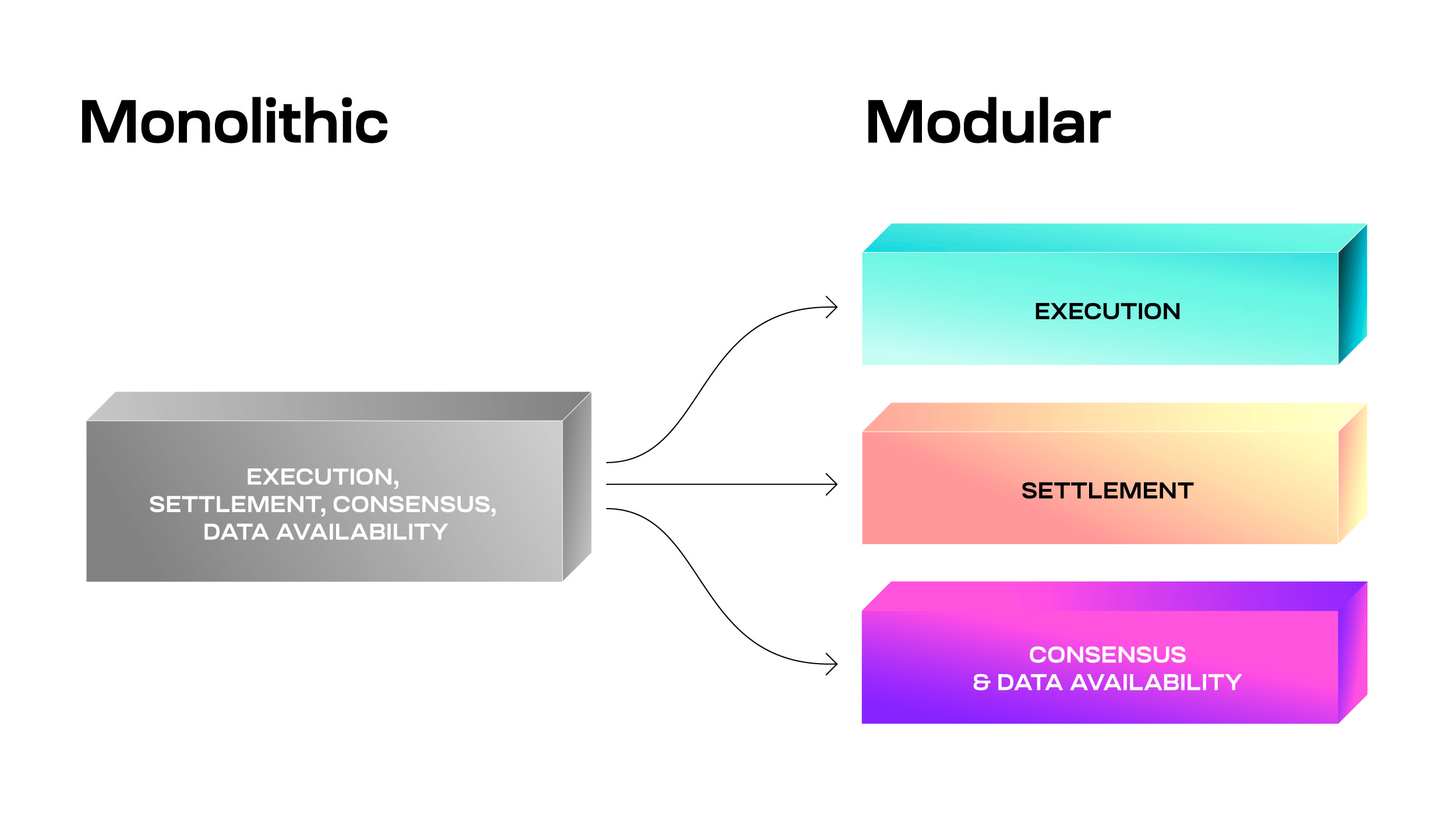
Source: Celestia: Comparing Modular and Monolithic Blockchains
-
Modularity: As far as modularity goes, DNA is legendary. The “building blocks of life” separate tasks and build on each other to not only carry out the functions of DNA, but to keep building to the next level, from genes to chromosomes to cells and entire organisms. By the same principle of modularity, we can further distribute the tasks and computational load of web3 across different components and layers while creating a much more efficient ecosystem that is easier to evolve as needed.
-
Natural Selection: Our DNA is the product of billions of years of evolution and selection. ****By using best practices like modularity, we can recreate the “survival of the fittest” principle when it comes to selecting desired traits of scaling solutions in Layer 2 and beyond. With modularity providing more flexibility to pick, choose, and combine the best of technologies like zero-knowledge and sharding, we can build an incredibly scalable and unified internet of blockchains. Down the road, the birth of advanced new rollups and chains could be automated to meet throughput needs or at least simplified to the point of one-click deployment.
-
Standardization & Code Reuse: All DNA is comprised of nucleotides with four nitrogenous bases that form the same way in nearly endless combinations to program new life. Adenine (A) always pairs with Thymine (T), and Cytosine (C) always pairs with Guanine (G). The universality of genetic code among all known life forms is crucial for the function and continuation of every ecosystem. In the blockchain world, the more code is reused in a standardized system by open-source contributors, the more it can be evolved to become more secure, efficient, and resistant to exploits.
Ethereum’s Update To Modularity & What It Means
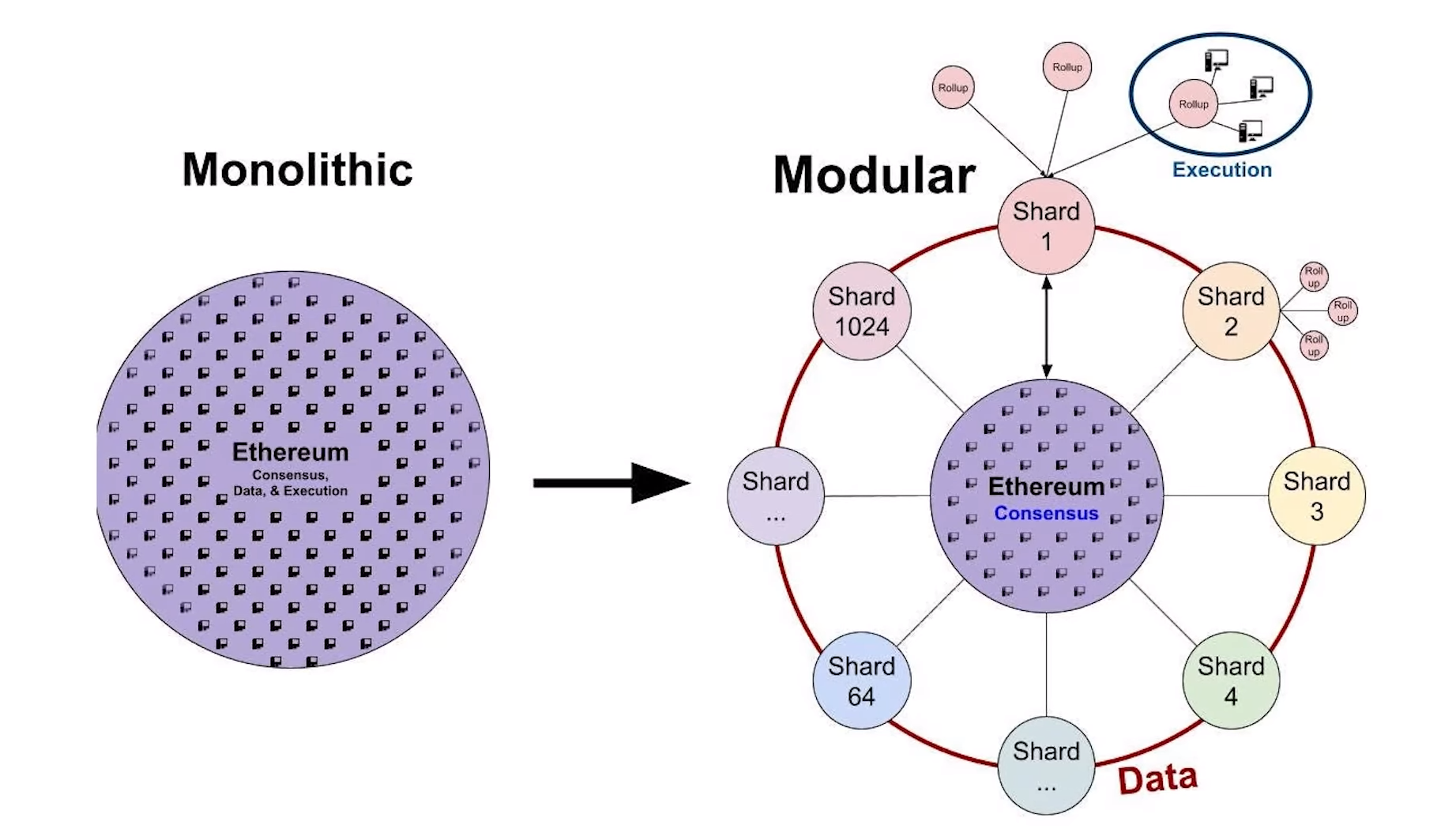
Source: Bankless: Next Level Ethereum Scaling: The OP Stack
Ethereum is currently in the process of upgrading to a modular architecture, with EIP-4844 (proto-danksharding) expected in Q4 of this year. This upgrade will allow Ethereum to scale by the creation of new “shards” of the chain that can divide the transaction load and process transactions in parallel (like genes are transcribed to RNA molecules).
In a monolithic architecture, all of the components of a blockchain are tightly coupled together. This makes it difficult to scale the blockchain, as any change to one component can have a ripple effect on the others.
A modular architecture, on the other hand, breaks the blockchain down into smaller, independent components. This makes it easier to scale the blockchain, as changes to one component do not affect the others. Ethereum's modular upgrade will involve splitting the blockchain into three layers:
- Layer 1: This is the base layer of the blockchain, and it will handle consensus and security.
- Layer 2: This layer will handle execution and computation. It will be made up of a variety of different scaling solutions, such as rollups and sharding.
- Layer 3: This layer will provide application-specific features and functionality.
Ankr’s Mission To Enable the Modular Multichain Future
Since Ankr’s founding, we have been dedicated to providing infrastructure for every layer of the blockchain ecosystem.
-
RPC API Connections to every chain possible: Ankr is building the future of distributed Web3 infrastructure, servicing dozens of Proof-of-Stake chains with an industry-leading global node delivery system, RPC aggregator, and suite of multichain development tools. Ankr currently serves over 2T transactions a year across Web3 and is the main infrastructure provider for BSC, Fantom, and Polygon chains as of 2023.
-
Blockchain creation as a service: Ankr empowers developers by creating highly customizable (application-specific) blockchains on top of various blockchain ecosystems. Ankr offers a diverse range of options for launching your blockchains with customizability at every level for infrastructure built around your application. As the approved infrastructure partner for building app-specific blockchains on ecosystems like the BNB Smart Chain, Polygon, Avalanche, and zkSync, Ankr simplifies blockchain development for all use cases. Ankr creates blockchains for projects while satisfying every requirement for infrastructure and engineering like validators, RPC nodes, block explorers, testnets, staking platforms, and more for completely custom blockchain solutions.
-
Innovative validation solutions: Ankr creates next-generation solutions for supporting validation on 9+ proof-of-stake chains with an industry-leading node delegation system and security. With a Total Value Locked of over $500M, Ankr is the 3rd largest Ethereum staker and go-to staking infrastructure provider for ecosystems like the BNB Smart Chain, Polygon, and more.
Final thoughts
Slowly but surely, web3 is evolving to become a unified internet of blockchains that will soon be ready to handle the enormous throughput requirements of a larger number of use cases. The future of blockchain scalability lies in modularity and interoperability. As the industry continues to evolve, blockchain modularity could be the driving force that propels blockchain technology into the mainstream, enabling mass adoption and transforming industries across the globe.
Join the Conversation on Ankr’s Channels
Twitter | Telegram Announcements | Telegram English Chat | Help Desk | Discord | YouTube | LinkedIn | Instagram | Ankr Staking
